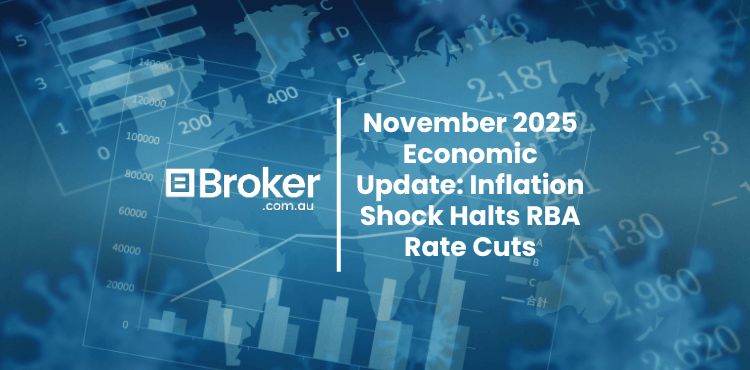Best Practice Inventory Management
The first step in controlling the cost of inventory is knowing exactly what you own, how long you have owned it for, what it cost you, what it is worth today and where it is located.
The following 5 fundamental steps to best practice inventory management will assist you in this process:
- Organise Your Inventory
Most businesses find that in accordance with the 80/20 rule, 20% of inventory produces 80% of profits. Understanding what merchandise makes up the 20% will ensure that you prioritise this inventory over other items and re-stock frequently. Divide the remaining 80% of merchandise into medium-value stock that requires regular re-stocking and low-value stock that should either be cut from the product list of restocked only irregularly.Your warehouse, stock room and show room also needs to be organised so that all employees can locate items quickly and efficiently. Keeping items and categories clearly labeled also improves warehouse productivity. - Track Your Inventory
Once you know what inventory you own, track it to understand where it is. This includes following products through the production life-cycle if you are a manufacturing business.Traditionally, bar-code scanning was used to track inventory but we are now seeing an increase in faster methods including radio-frequency identification (RFID) tags. - Record Inventory Levels
Managers have long used Excel spreadsheets for inventory records despite the limitations they present including the risk of data loss and mistakes. Using cloud-based tools ranging from a Google spreadsheet to purpose-built operating software ensures that data is not lost and can be continually updated by several people in different locations. - Protect Your Inventory
Protect your inventory from theft, deterioration or destruction by having adequate protections in place. This includes security practices such as maintaining locks, passwords, video surveillance or guards. You should also install sprinkler systems and fire alarms including back-to-base alarms. Finally, speak to an insurance broker about whether your commercial insurance plan covers your inventory in the event of damage or loss. - Analyse Your Inventory
Understanding the value of your inventory and how it impacts your returns is essential for efficient management. Establish the key KPIs of your inventory and track them over time. KPIs such as inventory turnover (COGS / average inventory) and the percentage of working capital tied up in inventory can help you establish if you are keeping inventory levels that are excessive relative to your competitors. Statistics on inventory write-downs and write-offs highlight if you need to review product lines and purchasing decisions. Tracking order status and fill rate will allow you to track the efficiency of your warehouse staff.




